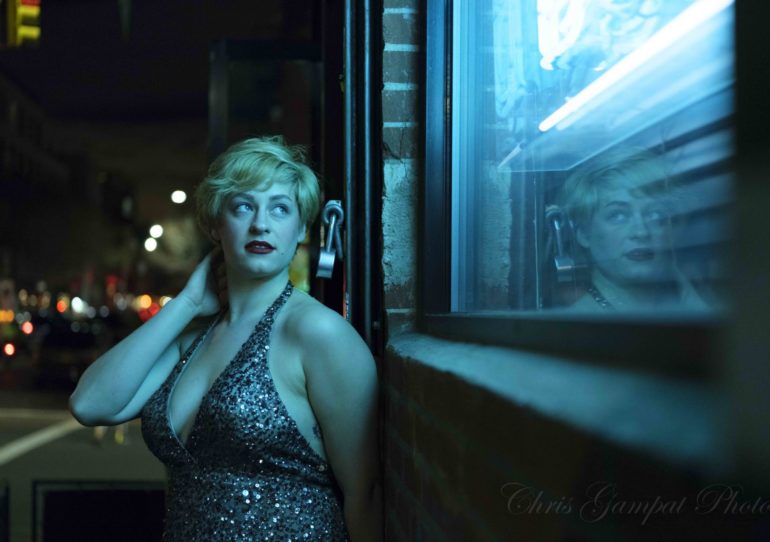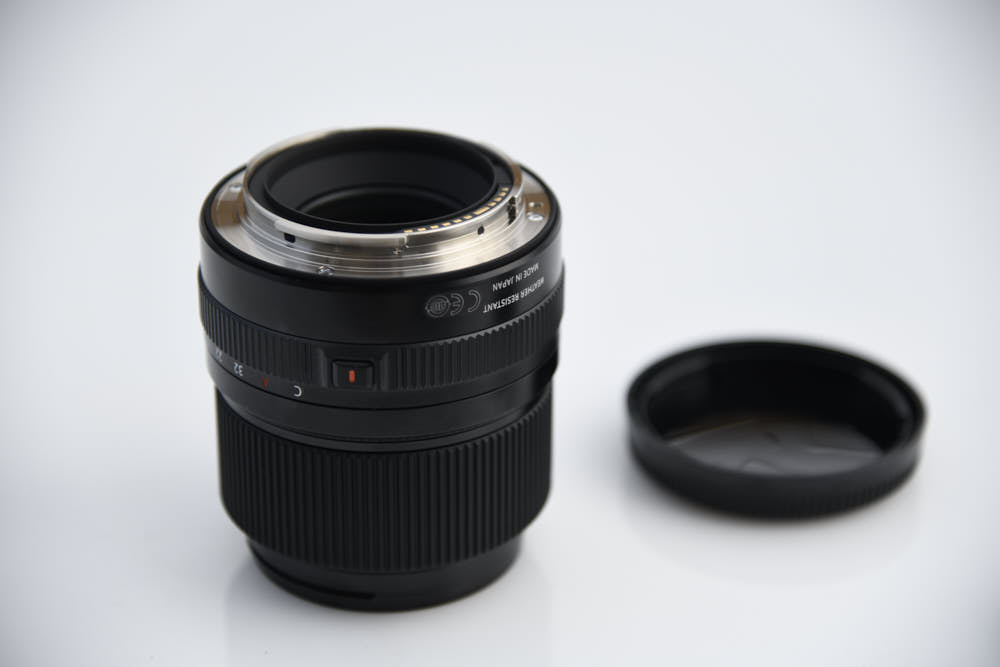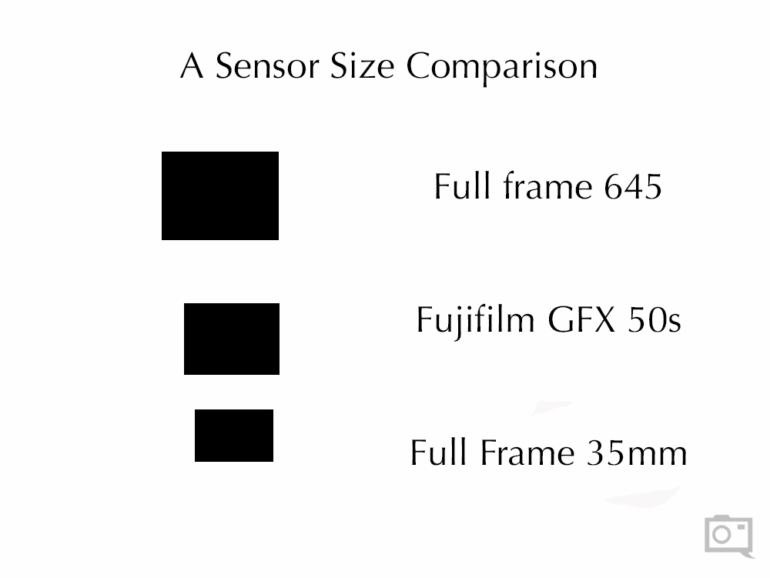Last Updated on 11/28/2017 by Chris Gampat
Photographers who love bokeh in their photos will love to understand its relationship with depth of field
If you listen to the ramblings of so many photographers out there, they’ll tell you about how and why full frame is the way to go; and they’ll rarely talk about depth of field. but we all know that somewhere deep down inside, they’re thinking about it. Indeed, when you go from an APS-C sensor to a full frame 35mm sensor, your depth of field at a given aperture or focal length changes. The general consensus is that bigger is always better. If you’re a street photographer, photojournalist, or a portrait photographer then you probably really care about some sort of shallow depth of field in your images. This doesn’t only have to do with how the sensor on the camera you’re using works, but also deals with your lenses.
Editor’s Note: This is a sponsored post from Fujifilm. And if you’ve been thinking about the FUJIFILM GF system, here’s your crash course.
To start this off, let’s use the classic 50mm f2 lens and let’s relate it back to the standard 35mm sensor/film plane. If you took a 50mm f2 lens and put it on a FUJIFILM X-Pro2 with an APS-C X-Trans sensor, you’ll get the equivalent field of view and depth of field of a 75mm f3 when you convert that over to a full frame 35mm field of view. Of course, on a full frame 35mm sensor, the view will then be a 50mm f2. But if you put it on a camera with a medium format sensor like the FUJIFILM GFX 50S, you get a 40mm f1.6 equivalency according to the mmCalc website. How does that work? It’s how crop factors add up; the larger in size you go, the shallower the depth of field and the wider the field of view becomes at a given aperture and focal length.
But here’s the cool thing, your light gathering abilities stay the exact same. So if you’re working in a studio then f5.6 is always going to have the same light gathering abilities at f5.6 no matter what. The only thing that changes is the depth of field. With a FUJIFILM GFX 50S, you’ll get a shallower depth of field than what a full frame 35mm sensor allows at an equivalent aperture. But what this also means is that at any given focal length, you’ll have far less distortion. Modern day 50mm lenses designed for full frame 35mm DSLRs are pretty fantastic, but imagine if you could have a wide angle less with the distortion suppression abilities of a normal lens? Or imagine a normal lens with the distortion suppression of your standard 85mm lens. All of that is possible when you go bigger.

When it comes to shooting in low light, what that also means is you can shoot at slower shutter speeds. Going back to the 50mm f2 example, you’ll be able to shoot down to 1/40th of a second and still follow the reciprocal rule of shutter speeds.
Stay tuned for even more insights into how the FUJIFILM GFX system works.



